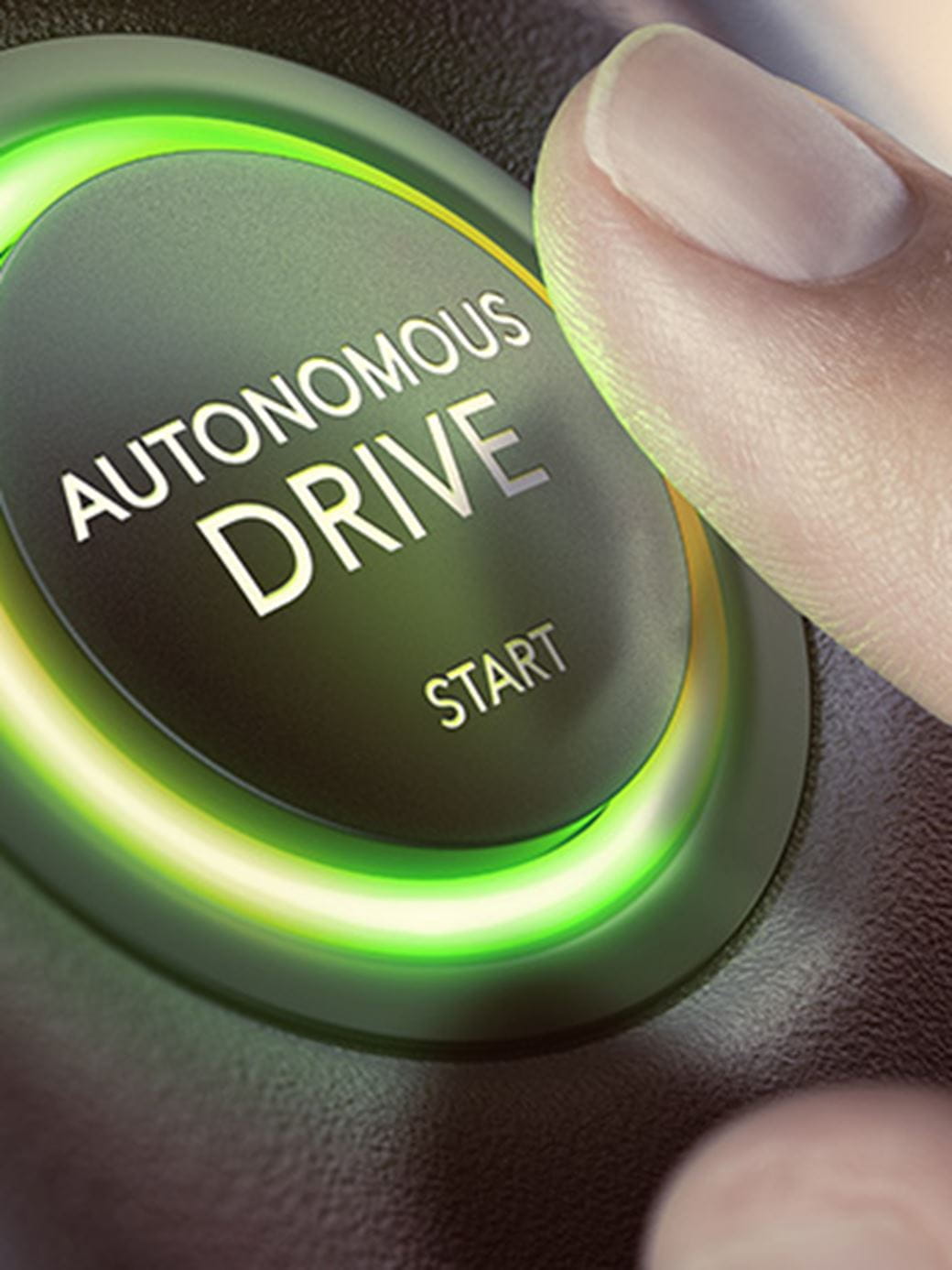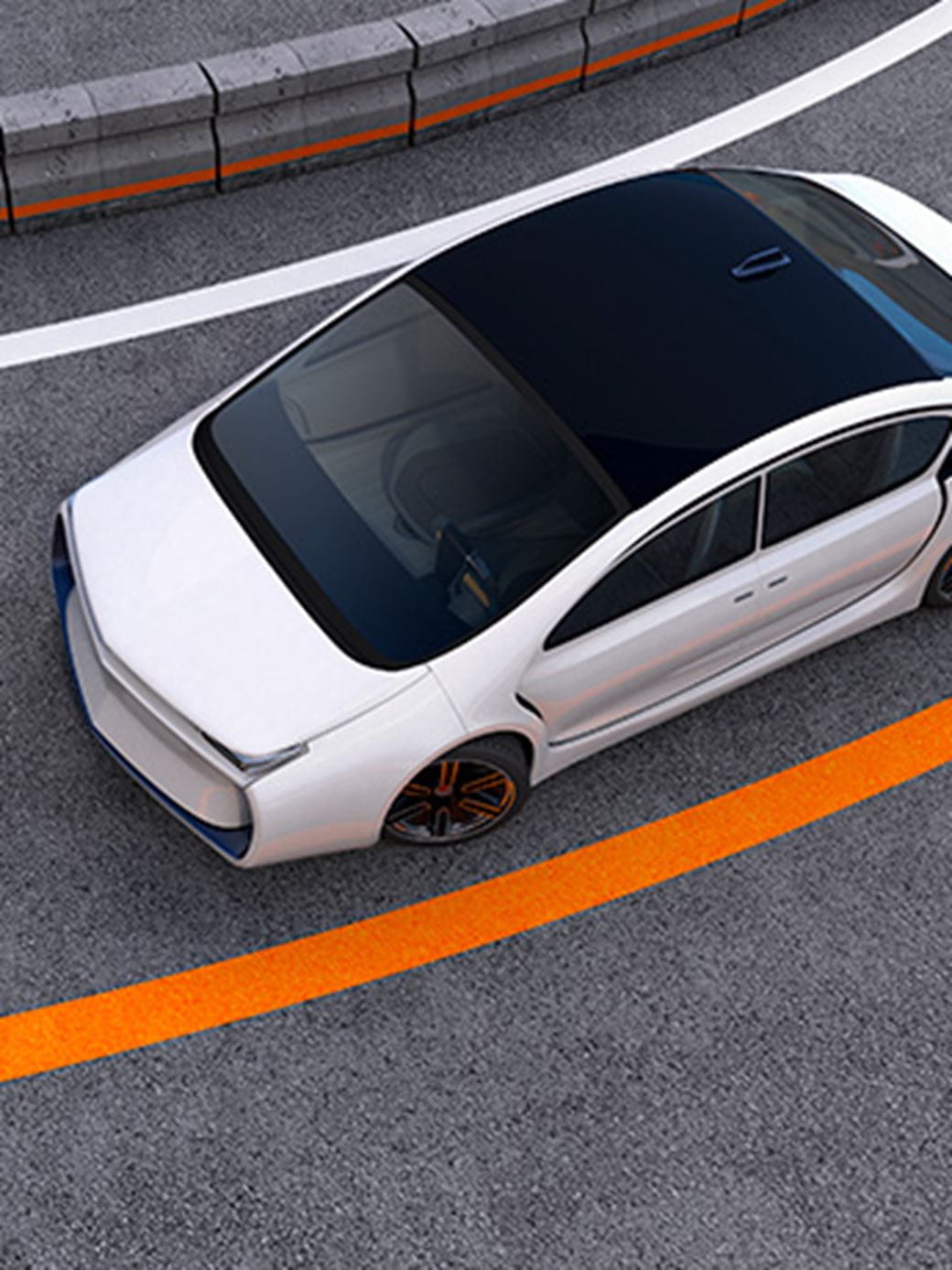
In the classic 1980s TV series “Knight Rider”, jet-black KITT offered a tempting vision of a car of the future – fully self-driving, and complete with a mind-boggling array of features including a turbo boost, a medical scanner, a lie detector and even a dry sense of humour.
Three decades later, sentient vehicles are still firmly in the realm of science fiction, but self-driving ones are within reach. The scenario presented in “I, Robot” – where Will Smith enjoys a nap as his silver Audi RSQ speeds seamlessly down the highway, before taking control of a steering wheel which emerges out of the dashboard – may now be mere years away from reality. Driverless buses and autonomous long-distance lorries aren’t far behind.
The autonomous vehicle (AV) revolution is also spreading to the skies with the development of drones for the delivery of everything from parcels to transplant organs, as well as monitoring crop growth, mapping and photographing hard to reach areas and more.

Consultancy McKinsey forecasts that up to 15 per cent of passenger vehicles sold globally in 2030 will be fully autonomous, while revenues in the automotive sector could nearly double to USD6.7 trillion thanks to shared mobility (car-sharing, e-hailing) and data connectivity services (including apps and car software upgrades).1
There are still, of course, many obstacles to overcome including the need for new regulation and new insurance structures as well as human fallibility. Even with the most sophisticated automation technology currently available, cars still need human input in case of an emergency.

Leeds University researchers have measured how long it takes a person to regain control of a car by using driving simulators to test various scenarios, including foggy conditions, a partially obscured dashboard, and making participants carry out secondary tasks.
“Results show that drivers need to be warned at least six seconds in advance,” says Tyron Louw at Leeds University’s Institute for Transport Studies.
“Humans can’t keep their attention on something that doesn’t constantly require it. If you drive the same route to work and 80-95 per cent of the time the car doesn’t have any issues, then you are going to start thinking your car is more intelligent than it really is.”
Researchers’ next step is to look at whether the response is calibrated to the actual scenario. “You don’t want drivers to be braking at 100 per cent, especially not if they are going down a motorway at 100 miles an hour. That will cause more accidents than it can prevent.”

Talking cars
But even if technology, regulatory barriers and ethical dilemmas delay the full commercialisation of driverless cars beyond 2020, partial automation is already here with the introduction and ongoing refinement of advanced driver assistance systems (ADAS)2. This market is expected to grow to USD34 billion by 2020 – representing a compound annual growth rate of 40 per cent – as the global penetration rate triples to 48 per cent.3
While your car is unlikely to start telling you jokes, as KITT did, it may well soon be able to recognise your voice or gestures, and to “talk” to other vehicles and even to emergency services.
The 2017 top-of-the-range cars from Cadillac and Mercedes-Benz are some of the first to include vehicle-to-vehicle (V2V) communication technology. At its simplest level, V2V will enable cars to share their position, speed, steering wheel position and brake status with each other to help spot incoming vehicles and reduce the likelihood of crashes. Taken to the next level, cars could warn each other about traffic jams and dangerous road conditions, as well as “communicating” with bridges and traffic lights.

An eCall feature – set to be mandatory for all new car in Europe from April 2018 – will automatically contact the emergency services in case of a serious accident.
The latest automotive technology is already deeply rooted in the world of robotics and artificial intelligence. The machine-vision systems developed by Israeli driving assistant software maker Mobileye, for example, have been trained to identify pedestrians, monitor blind spots and decode traffic signs.
France’s Valeo, meanwhile, is working on a new generation parking system which will enable drivers to leave the car and then use a smartphone to instruct the vehicle to park itself. In the drone world, several companies are testing light unmanned craft, with the eventual intention of offering customers automated deliveries within just 30 minutes.

Using autonomous road vehicles for public transport is another realistic milestone. The UK city Milton Keynes, for example, recently hosted a trial of LUTZ Pathfinder pods, designed to provide a driverless link between the city centre and the train station and other local routes within urban areas. The autonomy software running the vehicles was developed by Oxford University, using data from cameras and LIDAR to navigate its way around the environment.
“Driverless vehicles will start coming into restrictive environments like campuses, and focusing on short distances,” says Rebecca Advani, technical lead on the project at Transport Systems Catapult (TSC).
Driverless vehicles will start coming into restrictive environments like campuses, and focusing on short distances.
Beyond transportation, robotic AVs are also being used on the factory floor. Online retail giant Amazon, for example, uses bright-orange autonomous robots to move goods and parcels around its warehouses. Hospitals, meanwhile, are embracing a breed of mobile machines to transport lab specimens, medicine and other supplies, as well as another one which can sterilise rooms by killing germs with blasts of light. In the energy sector, remotely operated underwater vehicles (ROVs) can go out in conditions which are too rough or waters which are too deep for humans to inspect pipelines and drilling platforms.

An automated future
So how will the future KITT-filled world look like? Only time will tell. On the one hand, if automation makes travel easier and more pleasant, people may be willing to move further out of cities and into the countryside. Conversely, more intelligent vehicles and increased car-sharing could reduce the need for parking, actually creating more living space within urban centres (albeit potentially at the cost of more traffic).
According to Christopher Choa from Urban Land Institute, US cities currently devote as much as 50 per cent of urban space to car parking, and their European peers 30 per cent:
“If you release even a tiny part of that area in urban areas you can bring more people to cities. That’s the future of cities.”
1 Automotive revolution – perspective towards 2030
2 Transportation safety is a sub-segment of Pictet Security and represented 10% of the fund as of 30.11.2016
3 CLSA, September 2015




